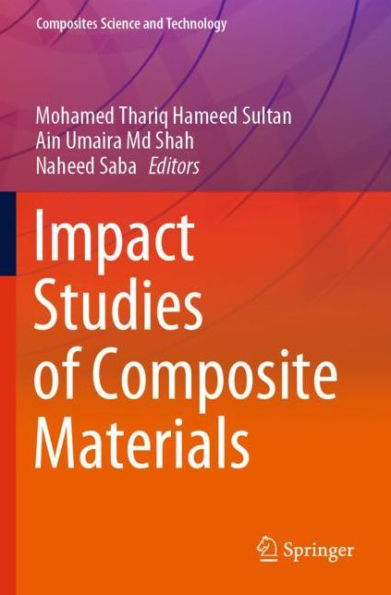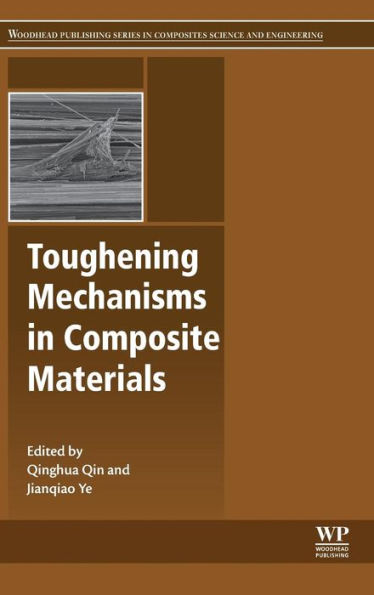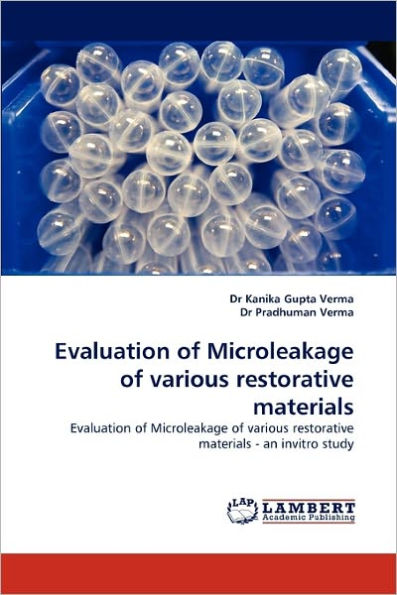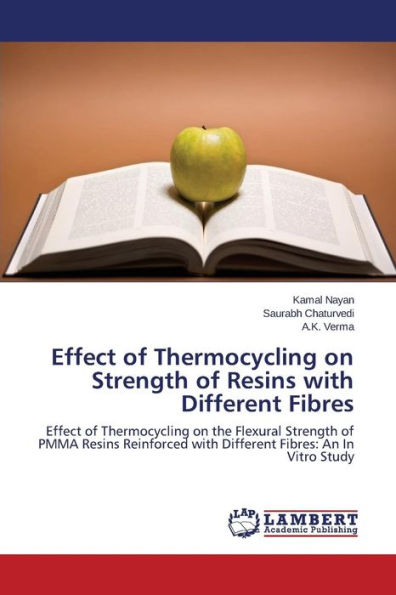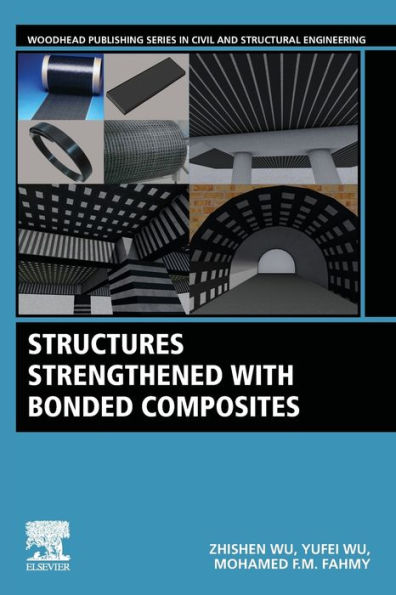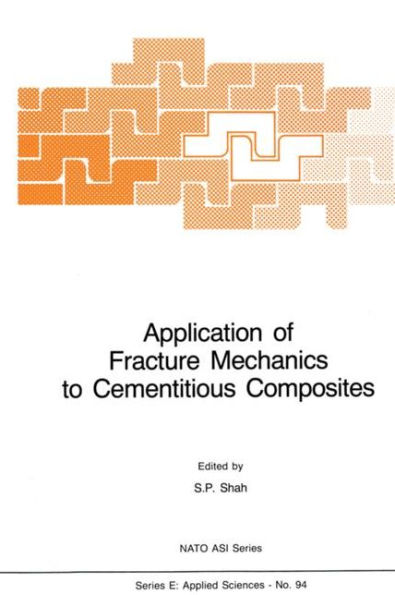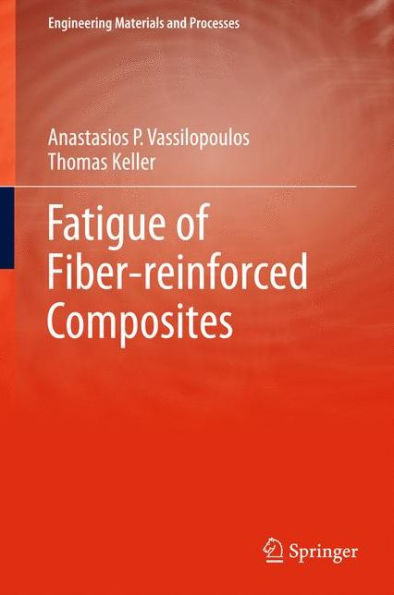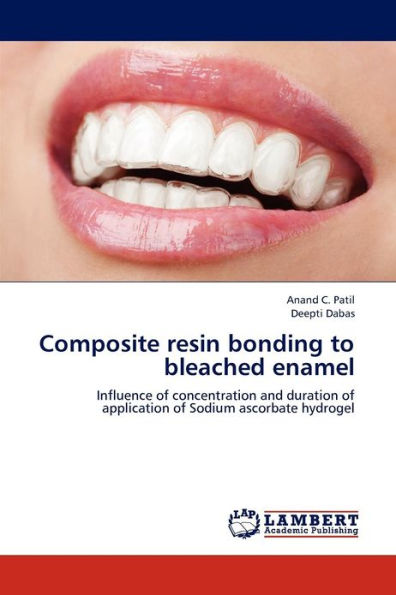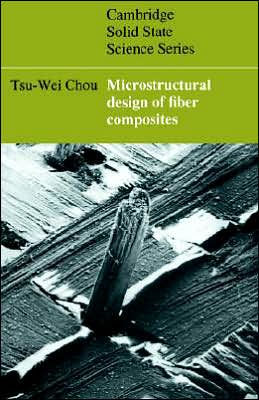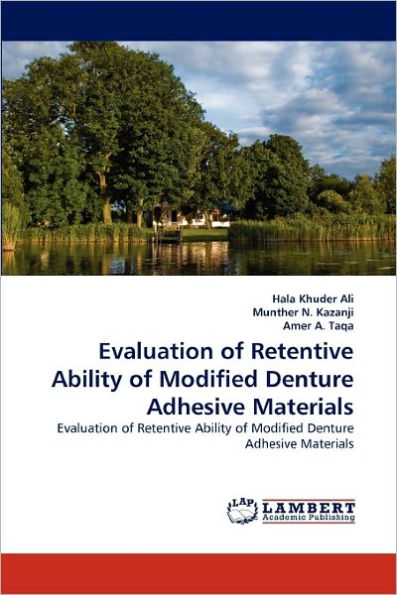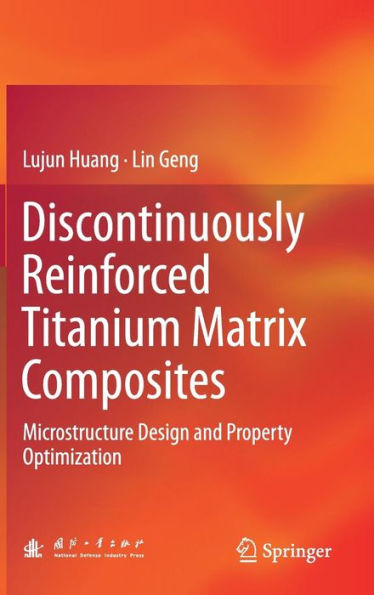Home
Treatment Effects on Microtensile Bond Strength of Repaired Composite


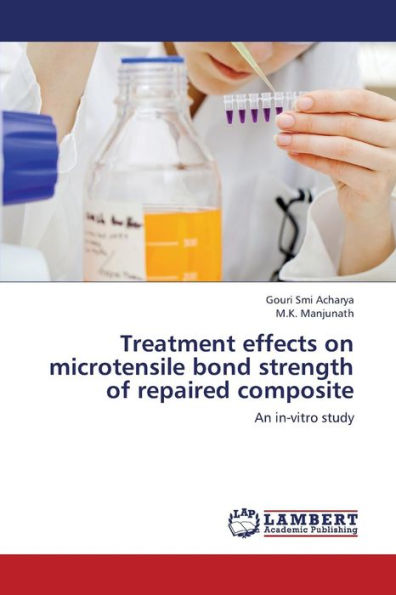
Treatment Effects on Microtensile Bond Strength of Repaired Composite
Current price: $59.29
Loading Inventory...
Size: OS
The adage goes "old is gold". Composite resin also holds true to this dictum. But that does not stop it from failing. Reasons for failure could be diverse and the solution lies in replacement or repair. While the usual protocol is the replacement of the entire old restoration, repairing is also a viable option; one that prevents further trauma to the delicate pulp. One challenge however still remains. Compared to a recently placed restoration, aged composite does not have any free -C=C- bonds, creating difficulty in bonding of the new restorative material to the aged restoration. Different methods have been suggested to overcome this drawback, with varied results. So in the multitude of paths that the treatment can take, what stands out as the most relevant? What justifies itself as the most practical technique to improve the repair bond strength? What treatment technique is the most widely scalable and cost effective in achieving the bonding? This study investigates these questions through a lens that would resonate with professionals working in peripheral set-ups with no immediate access to extensive armamentarium who also strive to achieve the balance between quality and cost.
